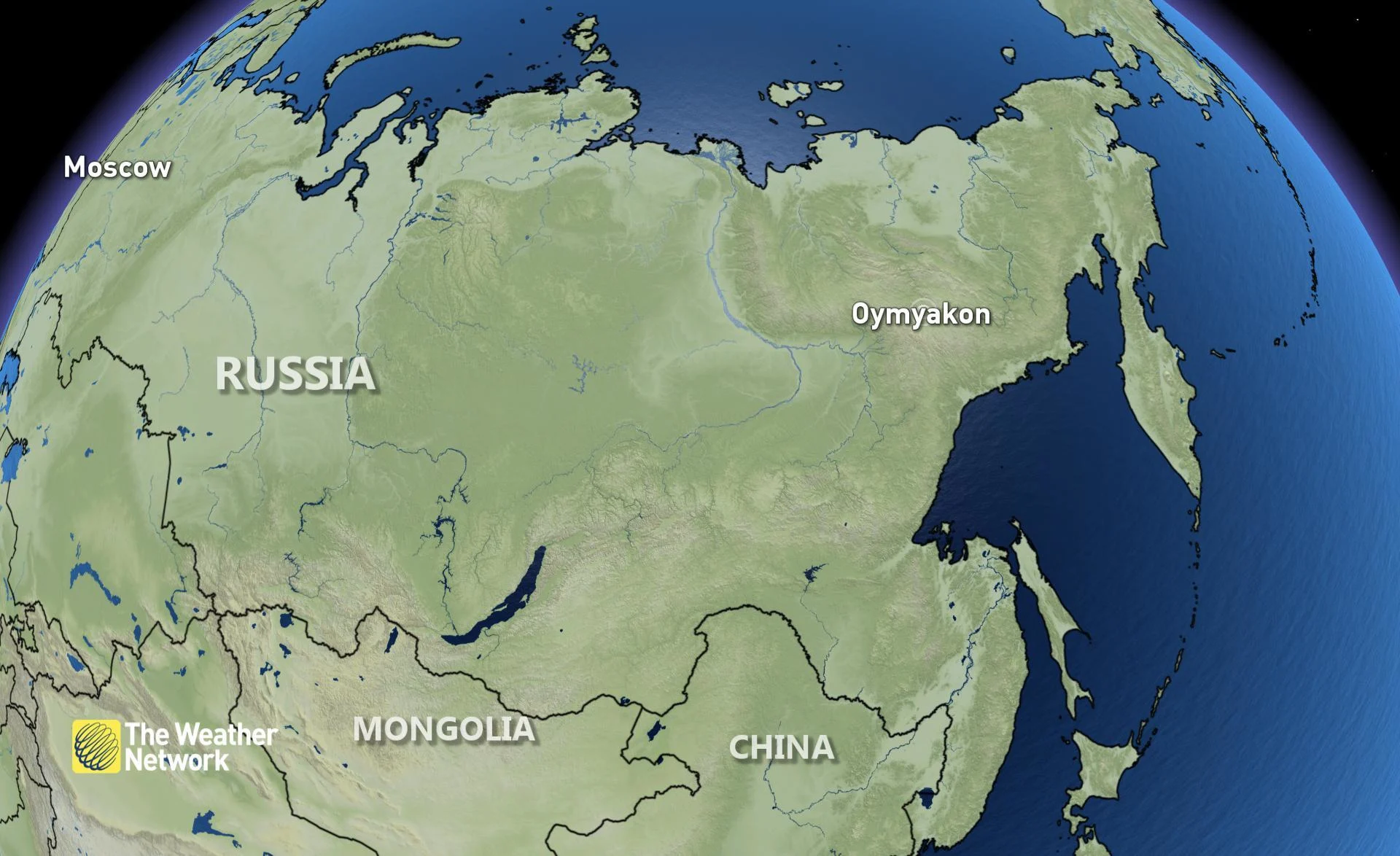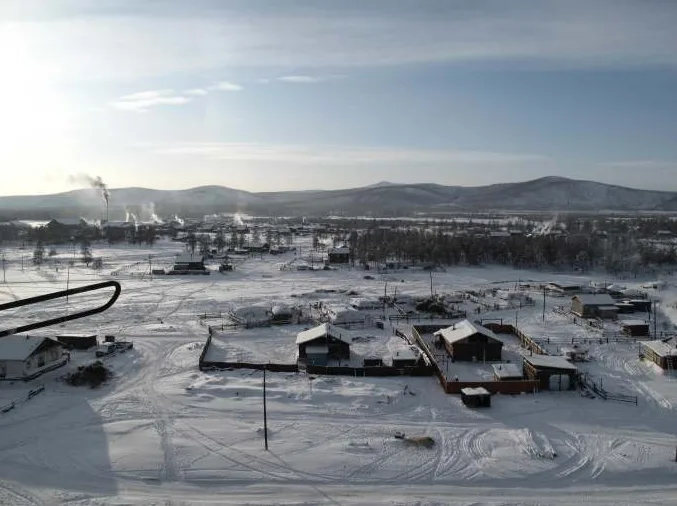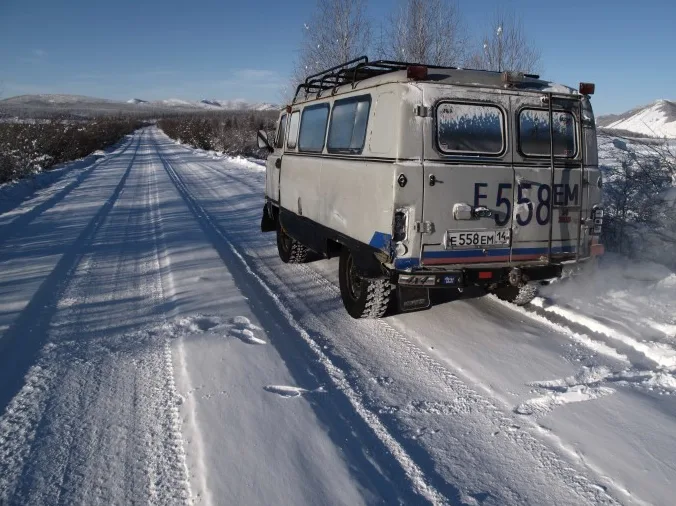
Man goes for a swim in the coldest village on Earth
About 500 people live in Oymyakon and it is not uncommon for this village to go over 200 days without seeing temperatures above 0°C.
The winter weather is so cold in the village of Oymyakon, Siberia that vodka freezes when left outside and cars are constantly left running to prevent engines from freezing, but that didn't stop this traveller from going for a swim.
Bolot Bochkarve, who is a blogger and aspiring photographer from Siberia, shared a video of a traveller from Sweden taking a “Christmas bath” in the Kuydusun River in Oymyakon. Despite the bone-chilling cold, this river never freezes due to heating from hot springs. The video was recorded by Maxim Shirikov who captured the adventurous swimmer on December 25 when the daytime low reached a shocking -59°C.

Oymyakon is located in the Yakutia region and is known as the coldest permanently occupied human settlement on Earth with a population of approximately 500 people.
The village’s lowest temperature was recorded at the Oymyakon weather station and reached - 67.7°C (- 89.9°F) in 1933, which is over 20 degrees warmer than the coldest temperature ever recorded on Earth at ground level, which is - 89.2°C (-128.6°F) at the Soviet Vostok Station in Antarctica in July 1983.
Average temperatures hover around - 50°C in the winter months and Oymyakon has never recorded a temperature above 0°C between October 25 and March 17. The Weather Network Matt Grinter says that this region experiences extreme cold because of the arctic air that is constantly sitting overtop of the region without any influence from warm ocean temperatures or daylight heating, due to their northern location.
The village is closer to the Arctic Circle than it is to the nearest city and schools remain open as long as temperatures stay above - 52°C. It isn’t rare for temperatures to drop below freezing in late September and remain below freezing until mid-April, which means that it is possible for this village to go over 200 days without seeing temperatures above 0°C.
“This excruciatingly cold weather can cause hypothermia within minutes of exposure and requires proper outwear to retain body heat and reduce direct exposure to the cold,” explains Grinter.
Despite the long, bitterly cold winters, Oymyakon experiences summers that are mild and sometimes hot. July is the village’s warmest month with average temperatures of 18.7°C and has a record high of 34.6,°C which means that temperatures in Oymyakon can range by 102.3°C. There are only two other places in the world that have temperature ranges that are greater than 100 degrees, Verkhoyansk and Yakutsk, and are both located in the same region of northeastern Russia.

The village of Oymyakon, Russia. Photo by Mario Picazo
Oymyakon's latitude is similar to that of northern Yukon, which is another region that experiences extremely cold winters and toasty temperatures in the summer months. While it might seem strange that these regions can reach temperatures that warmer places like Toronto experiences, it all has to do with the changeable jet stream.
"Changes in the jet stream can influence the temperature pattern, and if a strong enough ridge builds into the jet stream, it can allow warm air from the south rise north and can send temperatures in the summer well above 20°C,” explains The Weather Network meteorologist Kelly Sonnenburg.
See below for a look at life in the remote Yakutia region.

Frozen road in Siberia. Photo by Mario Picazo











